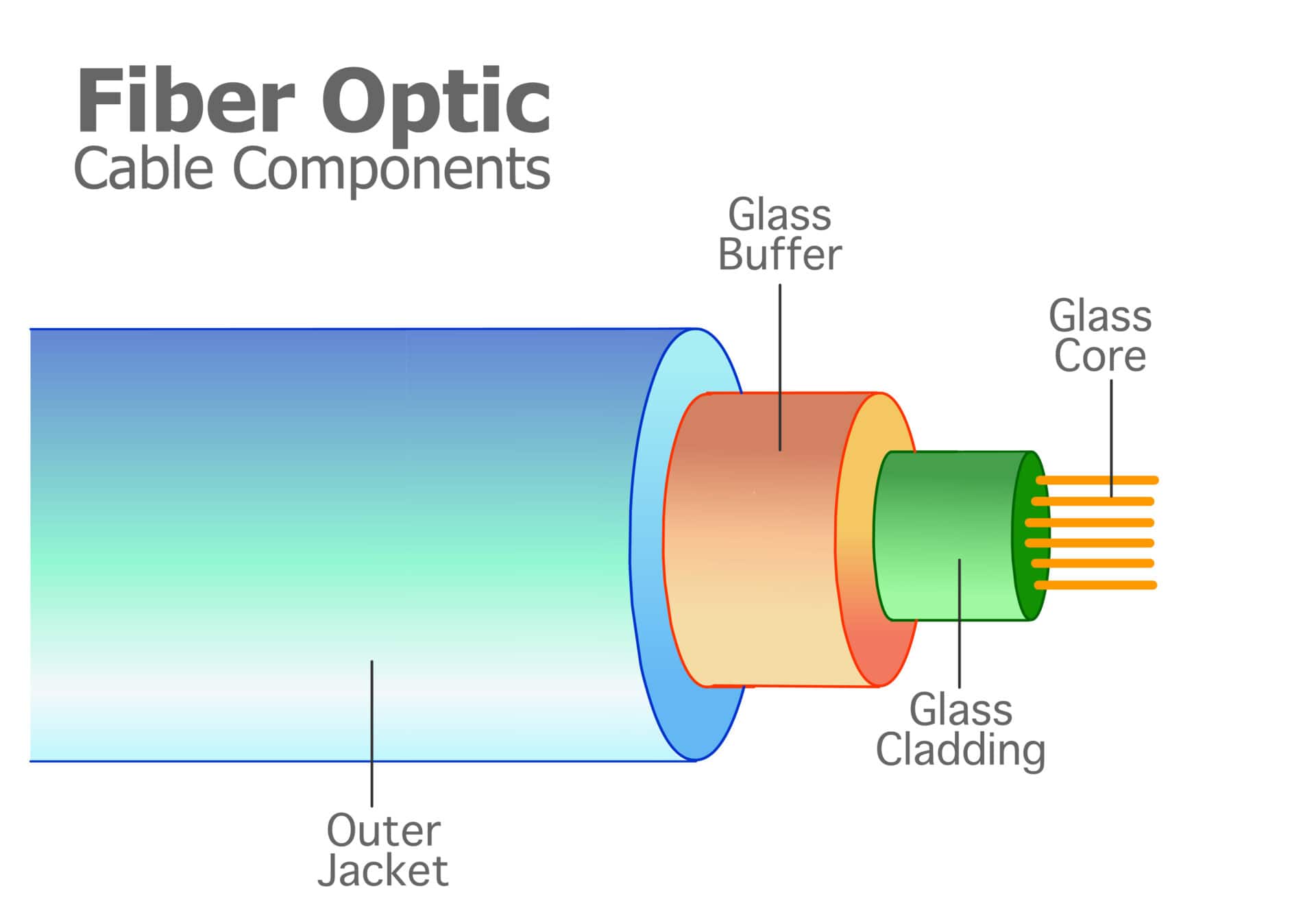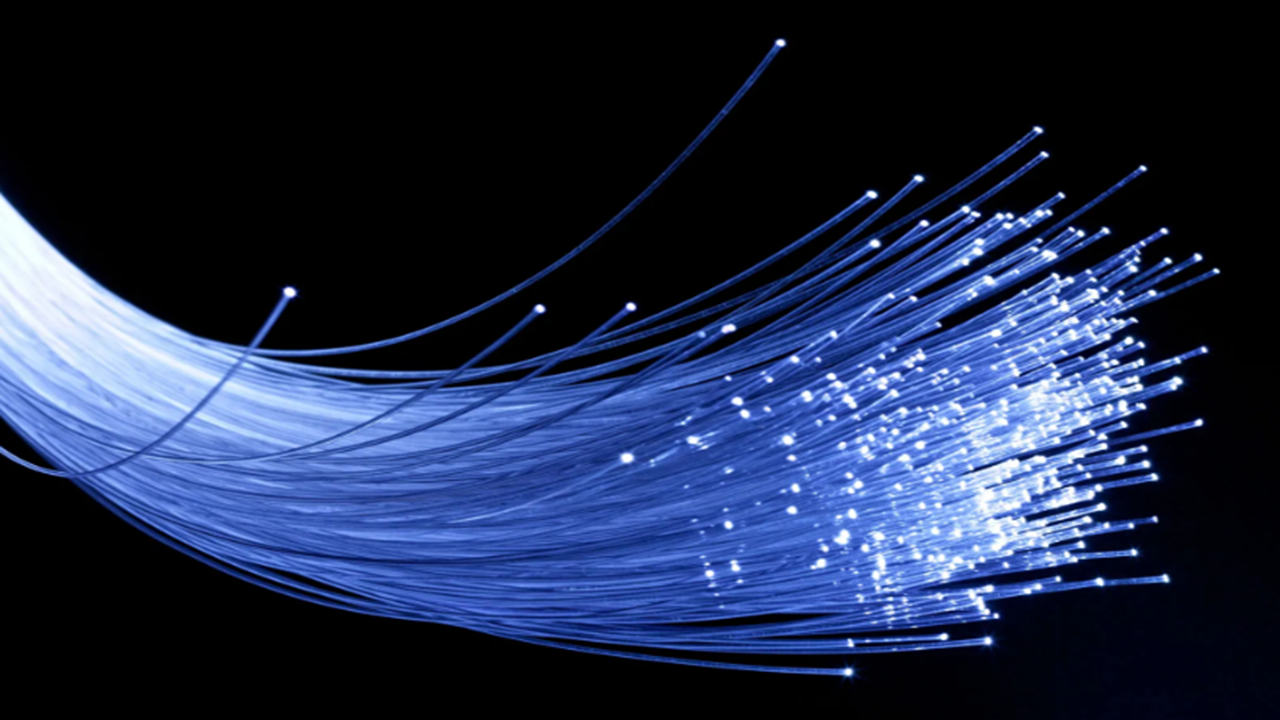
Source: Zayo.com
Understanding Fiber Optics: Technology, Applications, and Innovations
Introduction to Fiber Optics
Fiber optics is a revolutionary technology that uses thin strands of glass or plastic, known as optical fibers, to transmit light signals over long distances. These fibers serve as flexible waveguides, allowing light to propagate with minimal loss. The technology has become integral to various industries, including telecommunications, medical imaging, and data transmission.

Types of Optical Fibers
Optical fibers can be categorized based on the materials used and their propagation characteristics. The most common types include:
- Silica Fibers: Made from high-purity silica, these fibers offer excellent transmission properties and are widely used in telecommunications.
- Plastic Optical Fibers: These are more flexible and less expensive than glass fibers, making them suitable for short-distance applications.
- Photonic Crystal Fibers: Also known as microstructured fibers, they contain tiny air holes running along the fiber, providing unique light guiding properties.
Fiber Optic Components and Setups
Fiber Cables and Connectors
Fiber optic cables protect the delicate fibers from environmental damage and mechanical stress. They can vary in terms of the number of fibers they contain, the level of protection they offer, and their fire-retardant properties. Fiber connectors are used to join fibers, ensuring minimal signal loss.
Fiber-Optic Components
Various components can be integrated into fiber-optic setups to enhance functionality. These include:
- Amplifiers: Boost signal strength for long-distance transmission.
- Couplers: Split or combine signals within fiber networks.
- Modulators: Control the properties of the light signals for data encoding.
Applications of Fiber Optics
Telecommunications
Fiber optics is the backbone of modern telecommunications, enabling high-speed data transfer across continents. This technology supports internet connectivity, cable television, and telephone services.
Medical Imaging
In the medical field, fiber optics is used in endoscopes, allowing doctors to view internal organs with minimal invasiveness. The technology is also employed in advanced imaging techniques such as Optical Coherence Tomography (OCT).
Data Centers
Data centers rely on fiber optics for efficient data management and high-speed data transfer. Fiber optic cables facilitate the rapid exchange of information between servers, enhancing overall performance.
Advancements in Fiber Optic Technology
Recent advancements in fiber optic technology have led to the development of more efficient and robust systems. Innovations such as bend-insensitive fibers, which maintain performance even when bent, and the integration of fiber optics with wireless technologies are paving the way for future applications.

Source: DAYY Photonics
Feel free to comment your thoughts.



